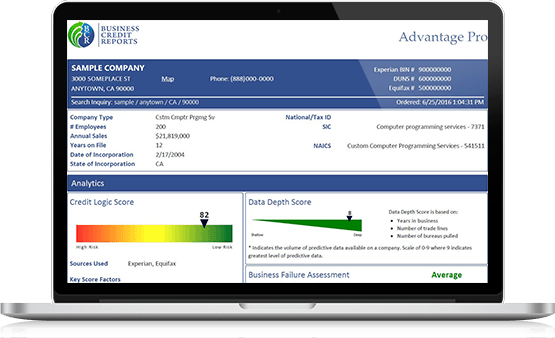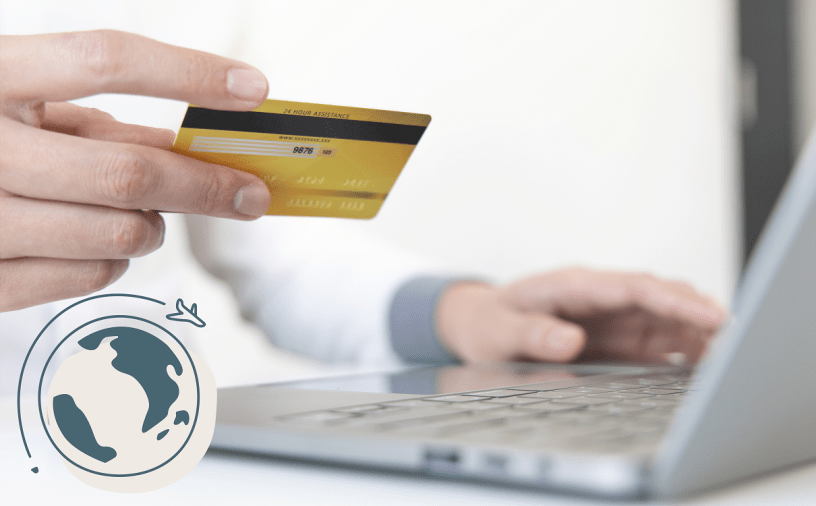
When your monthly statements are printed, your credit card company will send your revolving usage information to the credit bureaus. This makes it hard to maintain a low rate of revolving use. You can avoid this by making a payment to your creditor before they report your balance to credit bureaus. You will see a decrease in your revolving use if this is done.
Low revolving loan balances
Credit card companies report credit bureaus about balances when they send out monthly statements. Your revolving use rate will be higher if your balance is not paid by the due date. This can make it hard to maintain a low balance ratio. However, it is possible to set up a payment plan before your creditor reports the balances to credit bureaus.
Maintaining a high credit score is possible by keeping your revolving debt levels low. Credit cards have high interest rates and can be costly to carry. It is best to avoid any type of debt. By following these three steps, you can optimize your credit score.
Revolving Debt Balances:
The idea of reducing revolving loan utilization is not new. Revolving debt is a type of credit card with a monthly payment. Important to remember that installment loans do not count as revolving. Credit cards and home equity line of credit may count towards credit utilization. You can reduce your revolving credit balances and increase your credit utilization by paying down your outstanding balances.

The best way to reduce revolving debt is to pay it down in full. This will enable you to have more money available when you are in need. The interest will accrue if you are unable to pay the full amount.
Account credit limit reduction
It is crucial to work with your lender to repair the credit limit that has been reduced. The company should be contacted to discuss the situation. They might be able to increase your credit limit. You can also call another creditor if they are unable to increase your credit limit. You might have had bad credit in the past. This may be an opportunity for you to fix your score.
Your credit limit refers to the maximum credit that you are allowed by your financial institution. It is usually set based on your income, other debt, and credit history. If your credit limit exceeds this amount, it can have an adverse effect on your credit score and your ability access future credit.
Credit card balances can be reduced
Borrowers must be aware that there is a credit score factor called revolving usage. It is the total credit card limit that is exceeded by credit card balances. Low revolving utilization is better for your credit score than high revolving. There are ways to decrease your revolving utilization rate without affecting your credit rating.
Credit card balances are a common financial problem. It is vital to pay your credit card balances off as soon and as quickly as possible. Your credit card balances should be paid off each month. This will help you avoid carrying your credit card balances over to the next month. You should also spread your spending over multiple cards in order to avoid maxing out one.

Repayment of home equity credit
A home equity line of credit (HELOC) is a revolving line of credit secured against a borrower's home. This credit allows borrowers access to as much money as they require, up until the credit line's maximum limit. It also has flexible repayment terms. It can be used for large, recurring expenses like a major home remodel, as well as unexpected expenses like medical bills.
A home equity credit card comes with a repayment plan that includes monthly payments of principal as well as interest. The length of your repayment period will vary depending on the amount of equity in you home. Most lenders will let you borrow up to 80 percent of your equity. There are two options: a fixed and variable interest rate.